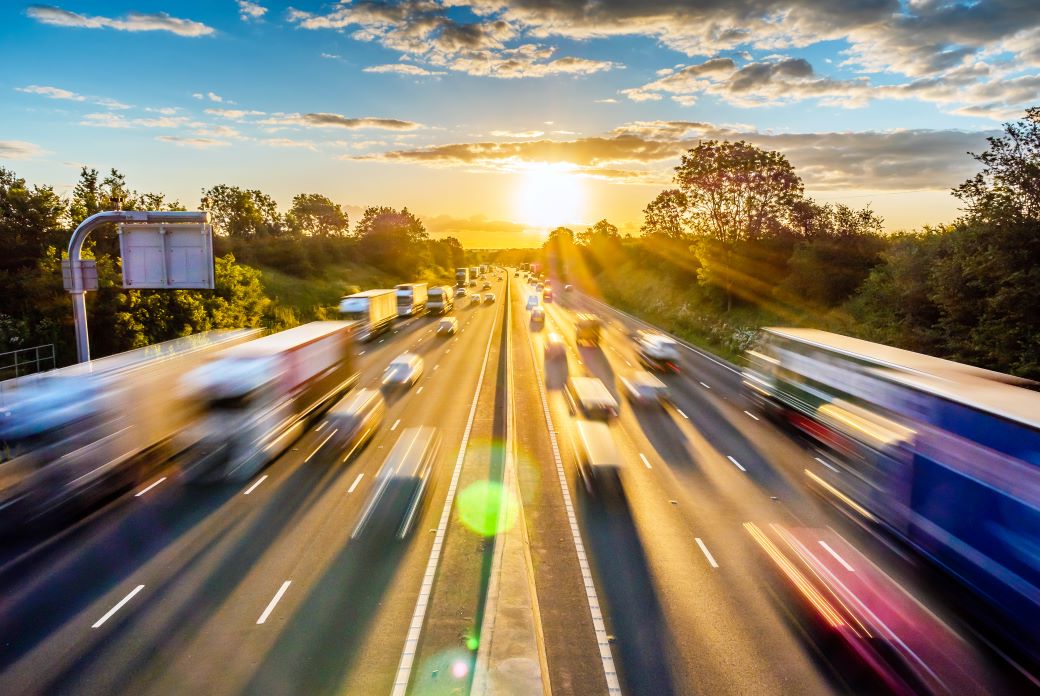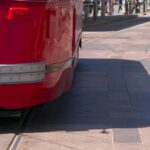
Mobility in the future: science fiction or reality?
By Edwin Mein
In 1964, the TV series Star Trek introduced the ‘communicator’, a portable device that allowed people to talk to each other wherever they were. A great invention for a science fiction series. And it was pure fiction at the time, because mobile phones and comparable devices had not yet been invented. Moreover, who would want to have such a device and be reachable all day? Not a decade later, the first mobile phone was presented. Predicting the future can be challenging. Our current smartphones (which have exponentially more functions than the Star Trek communicator) would have been difficult to imagine in 1960, or even in 1980, and now we can’t imagine life without them.
The Future of mobility
What about the mobility of the future? Would it be possible to predict this with any degree of certainty? In September 2023, we hosted a group of American traffic engineers at Technolution; the future of mobility was one of the topics that came up. How will mobility develop over the coming 20 years and what should cities and regions be planning for? A difficult question, because change is rapid. Perspectives are shifting while we speak.
To make this question a little more concrete, I went and had a look at past predictions. How accurate were they? What were the predictions in 1980 with regard to mobility in 2000? At the time, the expectation was that fuel-efficient cars would be standard by 2000, that carpooling would be the norm, that the first electric vehicles would be driving around, and that we would be cycling more. In fact, many of these expectations had come true by 2000 – think of the higher Euro categories for car engines, or the cautious rise of electric vehicles.
Fast-forward to 2000. What were they thinking then about mobility in 2020? According to the experts in 2000, we would be mainly driving electric vehicles by 2020. These cars would all be connected, exchange data, and partly drive autonomously. In addition, it was expected that working from home would have become much more popular in 2020 due to improved communication technology. Again, we have to say these predictions were close enough to reality.
So let me venture to give a prediction for 2040. I expect that there will be many more autonomous vehicles by that year. This prediction is based on the great growth of AI over the past years and the first experiments with fully autonomous taxis in San Francisco. Also, I think electric vehicles will have largely replaced existing petrol and diesel cars. As the densification of cities progresses, the dream of mobility as a service will also become reality. Car ownership will decline. We will be choosing the most comfortable journey from A to B, supported by apps, daily patterns and – of course! – AI.
Needless to say, the mobility utopia of our dreams will always be the teleporter from Star Trek: ‘Beam me up, Scotty!’ 2040 is perhaps a little too soon to hope for this dream to come true – but who knows what the future brings!



